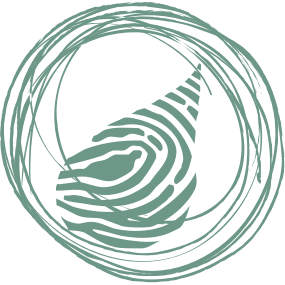By now, we all know of the ongoing long-term damage caused by historic clearing of at least 70% of the Avon River Basin. Land managers are feeling the effects of salinity and erosion and are doing their best to save their affected soil and prevent further loss. Of broader concern is the dire effect of habitat fragmentation, damage and loss on native plants and animals throughout the State.
Today, the removal of native vegetation, even on private property, is strictly regulated and will usually require a clearing permit from DWER (the Department of Water and Environmental Regulation). There are some exceptions though and, as land managers, it’s important to know when and where these apply to avoid harm and prosecution.
Many Wheatbelt property owners undertake necessary, minor clearing under what is often referred to as ‘the 5ha rule’. This rule, or more precisely, clearing permit exemption, comes from the Environmental Protection (Clearing of Native Vegetation) Regulations 2004 (Regulations). The Regulations assist landowners to maintain the function and safety of their property without the formal process of obtaining a clearing permit. However, it is important to know that the ‘5 ha rule’ has its own rules! One of the major ones is – it does not apply in Environmentally Sensitive Areas (ESAs).
So, what’s an ESA and how do you know if you have one on your property? The current list of WA ESAs can be found in the Environmental Protection (Environmentally Sensitive Areas) Notice 2005. Among the list are:
- bushlands containing rare flora,
- the land near a defined wetland,
- Bush Forever sites,
- Aboriginal Cultural Heritage Sites
- World Heritage sites, and
- Threatened Ecological Communities (TECs).
There are free mapping tools provided by DWER, DCCEEW and the DPLH (Department of Planning, Lands and Heritage) to see if you have ESAs or other protected areas on your land. However, as there is a significant lack of knowledge of certain TECs and rare species in the less populated areas of our region, these systems are not comprehensive. It is recommended that anyone who needs to remove native vegetation on their property educates themselves on what ESAs are likely to occur in their area, in addition to utilizing the mapping tools. If in doubt or you have a question contact DWER or your local NRM group for further information.
In summary, if you are planning any activities that will require the clearing or disturbance of native vegetation follow these steps:
- Check for specially protected areas (this should include surveying the area on foot, as many endangered species and protected areas are not yet marked on a map).
- If there is flexibility with the clearing location, pick a place that is already degraded or on the edge (to reduce fragmentation).
- Apply for a clearing permit from DWER if there are any ESAs, protected areas or the total clearing on your property for the year exceeds 5 hectares.
- Keep accurate records if you are permitted to clear under an exemption.
- Avoid clearing in Spring when many native animals are nesting.
-
Avoid the removal of old trees or fallen logs, especially those with hollows, which are essential for the survival of many animals (e.g. Black-Cockatoos, or chuditch).
- Keep cleared materials on your property where possible, to provide habitat and a seed bank.
-
If possible, offset the clearing by re-planting another area with local biodiverse vegetation.
Helpful links and Contact details:
- Find the EPBC Act list of TECs here.
- Find fact sheets, guides, links to the ESA online map and more information on clearing in WA here.
- Find the Aboriginal Heritage Inquiry System here.
- Contact DWER: (08)6364 7000, info@dwer.wa.gov.au

